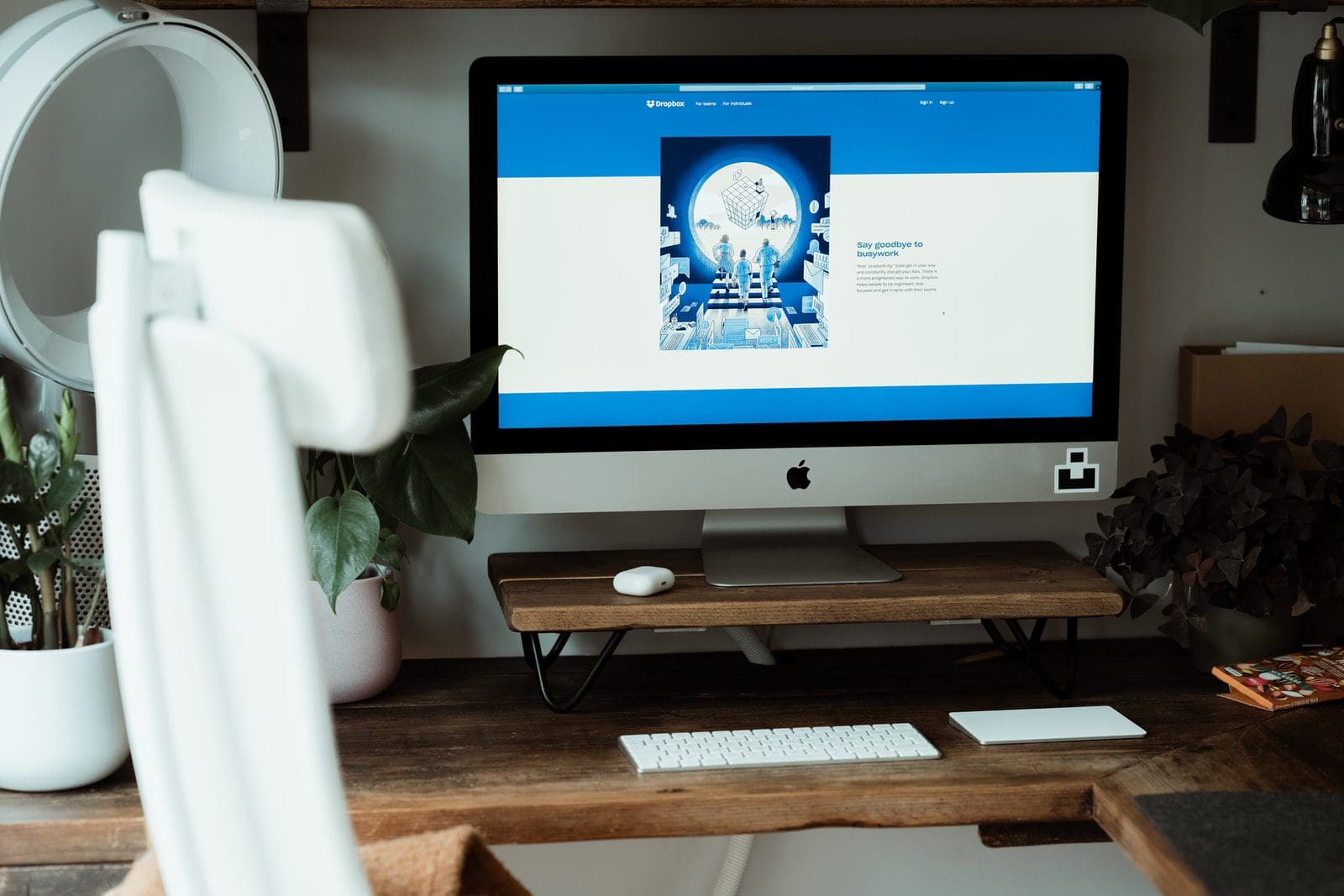Dropbox offers user-friendly file storage and sharing with intuitive interfaces and robust syncing capabilities, ideal for small to medium-sized teams prioritizing simplicity and accessibility. SharePoint, integrated with Microsoft 365, provides a comprehensive collaboration platform, offering advanced document management, intranet features, and deep integration with Microsoft applications, making it suitable for larger organizations seeking extensive customization and enterprise-level collaboration solutions.
Key Takeaways
- Dropbox is a cloud-based file hosting and sharing service focusing on ease of use and collaboration.
- SharePoint is a web-based collaborative platform that provides tools for document management, team collaboration, and business intelligence.
- Dropbox is ideal for individuals and small businesses with basic file-sharing needs, while SharePoint is better suited for large organizations with complex collaboration and document management requirements.
Dropbox vs SharePoint
Dropbox is a file hosting service that allows users to manage their files across multiple devices and access them from anywhere with an internet connection. SharePoint is a web-based collaboration platform developed by Microsoft. It provides users with a centralized location to manage content.

Dropbox is a cloud file-transferring network and online backup storage. It is very easy and user-friendly to work with and does not require any technical knowledge.
Meanwhile, SharePoint needs guidance from the IT department to compose and prolong.
SharePoint is very complex to key-start. But, it has many special functions to be viewed separately. Its vigorous themes allow new document administration, along with easy file transfer.
Comparison Table
| Feature | Dropbox | SharePoint |
|---|---|---|
| Focus | Simple file storage and sharing | Comprehensive document management, collaboration, and internal communication |
| Ease of Use | User-friendly interface, simple setup | Moderate learning curve, complex for advanced features |
| Storage | Varies by plan (2GB – 30 TB) | Varies by plan (1TB – unlimited) |
| Collaboration Features | Basic file sharing, version control, comments | Robust collaboration tools, workflows, team sites, wikis |
| Security | Basic features like password protection and encryption | Advanced security features like user permission control, data loss prevention, and auditing |
| Integration | Integrates with various third-party tools | Integrates seamlessly with other Microsoft products |
| Price | Varies by plan ($11.99/month – $20/month per user) | Included with Microsoft 365 subscriptions or separate plans available |
| Target Users | Individuals, small teams | Teams, departments, and large organizations |
What is Dropbox?
Dropbox is a cloud-based file hosting service that allows users to store, synchronize, and share files and folders across multiple devices. It provides a convenient solution for individuals and businesses to access their files from anywhere with an internet connection.
Features and Functionality
- File Storage and Syncing:
- Dropbox offers users a central location to store their files in the cloud. Users can upload files from their computers or mobile devices, which are then synchronized across all linked devices. This ensures that the most up-to-date version of the file is accessible from any device.
- File Sharing and Collaboration:
- One of Dropbox’s key features is its ability to share files and folders with others. Users can generate shareable links to specific files or folders, allowing collaborators to view, edit, or comment on them. This facilitates seamless collaboration among team members or external partners.
- Cross-Platform Compatibility:
- Dropbox is compatible with various operating systems, including Windows, macOS, Linux, iOS, and Android. This ensures that users can access their files regardless of the device they are using, promoting flexibility and productivity.
- Version History and File Recovery:
- Dropbox automatically saves a version history of files, allowing users to revert to previous versions if needed. Additionally, deleted files can be recovered from the Dropbox Trash folder, offering an added layer of protection against accidental data loss.
- Security and Data Protection:
- Dropbox employs advanced security measures to safeguard user data, including encryption both in transit and at rest. It offers features such as two-factor authentication and granular access controls to enhance data security and compliance with regulatory requirements.
- Integration with Third-Party Apps:
- Dropbox integrates with a wide range of third-party applications, enabling users to streamline workflows and enhance productivity. Integration with popular productivity tools such as Microsoft Office, Google Workspace, Slack, and Adobe Creative Cloud enhances collaboration and workflow efficiency.
- Advanced Features for Businesses:
- Dropbox offers business plans tailored to the needs of organizations, providing additional features such as centralized administration, team collaboration tools, advanced sharing controls, and enhanced security options. These features cater to the specific requirements of businesses, ensuring efficient collaboration and data management.

What is SharePoint?
SharePoint is a web-based collaboration platform developed by Microsoft that enables organizations to create, manage, and share content and applications. It serves as a central hub for teamwork, facilitating communication, collaboration, and document management within an organization.
Features and Functionality
- Document Management and Storage:
- SharePoint provides a centralized repository for storing documents, enabling users to upload, organize, and manage files in a structured manner. It supports various document types, including Word documents, Excel spreadsheets, PowerPoint presentations, and more.
- Team Collaboration:
- SharePoint fosters collaboration among team members by providing features such as team sites, document libraries, and discussion boards. Users can work together on documents in real-time, track changes, and engage in discussions to facilitate teamwork and knowledge sharing.
- Intranet and Content Publishing:
- SharePoint serves as a powerful platform for building intranet sites and corporate portals. Organizations can create customized intranet sites to disseminate news, announcements, and company information. It offers features such as news publishing, document libraries, calendars, and custom web parts to enhance internal communication and engagement.
- Workflow Automation:
- SharePoint includes built-in workflow capabilities that allow organizations to automate business processes and streamline workflows. Users can create custom workflows using SharePoint Designer or Microsoft Power Automate to automate tasks, route documents for approval, and enforce business rules.
- Business Intelligence and Reporting:
- SharePoint integrates with Microsoft Power BI and Excel Services to provide robust business intelligence capabilities. Users can create interactive dashboards, reports, and data visualizations to gain insights into key metrics and make informed decisions.
- Search and Discovery:
- SharePoint’s powerful search functionality enables users to quickly find relevant content across the platform. It includes features such as enterprise search, metadata navigation, and search refiners to facilitate content discovery and retrieval.
- Security and Compliance:
- SharePoint offers comprehensive security features to protect sensitive information and ensure regulatory compliance. It includes granular permissions management, encryption, data loss prevention (DLP), and compliance features such as eDiscovery and legal holds.
- Integration with Microsoft 365:
- SharePoint is tightly integrated with other Microsoft 365 services, including Microsoft Teams, Outlook, OneDrive, and Office applications. This integration enables seamless collaboration and information sharing across the Microsoft ecosystem.
- Customization and Extensibility:
- SharePoint provides extensive customization options, allowing organizations to tailor the platform to their specific needs. Users can create custom site designs, add custom web parts, and develop custom solutions using SharePoint Framework (SPFx) and Microsoft Power Platform.
Main Differences Between Dropbox and SharePoint
- Storage and Syncing:
- Dropbox: Focuses on user-friendly file storage and syncing, offering intuitive interfaces and robust syncing capabilities.
- SharePoint: Provides a comprehensive collaboration platform integrated with Microsoft 365, emphasizing advanced document management, intranet features, and deep integration with Microsoft applications.
- Collaboration and Teamwork:
- Dropbox: Primarily designed for file sharing and collaboration, offering features such as file sharing links, real-time collaboration, and commenting.
- SharePoint: Offers a broader range of collaboration tools beyond file sharing, including team sites, document libraries, workflows, and integration with Microsoft Teams for team collaboration.
- Customization and Integration:
- Dropbox: Offers limited customization options and integrations compared to SharePoint, with a focus on simplicity and ease of use.
- SharePoint: Provides extensive customization capabilities, allowing organizations to tailor the platform to their specific needs through custom site designs, web parts, and integration with other Microsoft 365 services and third-party applications.
- Enterprise-Level Features:
- Dropbox: Primarily targets small to medium-sized businesses and individuals, offering a user-friendly experience with basic collaboration features.
- SharePoint: Catered towards larger organizations and enterprises, providing advanced features such as enterprise search, compliance features, business intelligence, and extensive security controls.
- Platform Ecosystem:
- Dropbox: Operates as a standalone cloud storage and collaboration platform, with limited integration with other productivity tools and services.
- SharePoint: Part of the broader Microsoft 365 ecosystem, tightly integrated with other Microsoft applications such as Outlook, Microsoft Teams, OneDrive, and Office apps, offering seamless collaboration and productivity across the Microsoft ecosystem.




